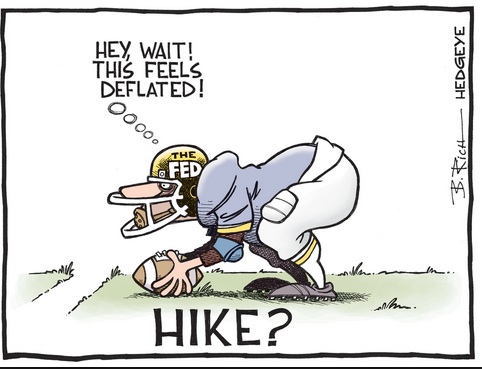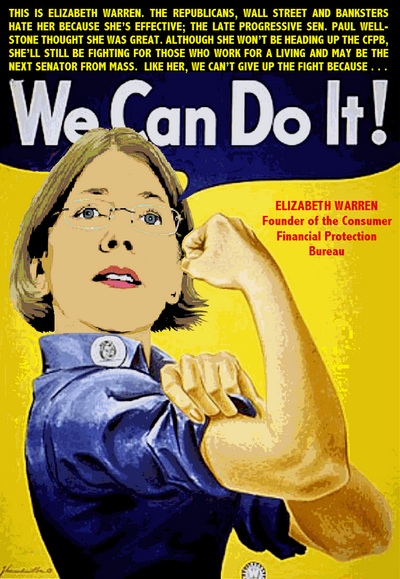The New York Times editorilaizes on paying for refugees The world’s attention has been riveted on the refugee crisis unfolding in Europe, and on the shift in Europe as leaders, finally, take steps to deal with it. But one of the reasons Syrians are risking their lives to reach Europe is that life has become unbearable in the countries closer to home.
About 12 million Syrians — more than half the country’s prewar population — have been displaced since fighting began in 2011. More than four million have fled the country, with most going to neighboring Jordan, Turkey and Lebanon. In Lebanon, Syrian refugees are now a quarter of the population.
These countries are overwhelmed and, as numbers have swelled, conditions for refugees have deteriorated sharply. One reason is that the United Nations agencies that provide vital food, medical care and shelter are, as the United Nations high commissioner for refugees, António Guterres, bluntly warned in July, “financially broke.”
As a direct result, the World Food Program has had to cut rations for 1.6 million Syrians, with refugees in Lebanon allocated just $13 a month.
There is also scant money for emergency medical care — including treating bullet and shrapnel wounds — let alone for treating preventable and other diseases. Many Syrian refugees are being forced to sacrifice housing or medical care to try to feed their families. Only 30 percent of Syrian children in Lebanon are in school. No wonder refugees who can gather the money to pay smugglers are risking the fraught journey to Europe.
We support welcoming refugees, but we also need to understand who is financing their movements. Mexican drug lords collect money for the journey. They are the ones who profit. We need to address this problem at its root, as well as the humanitarian needs of families.











